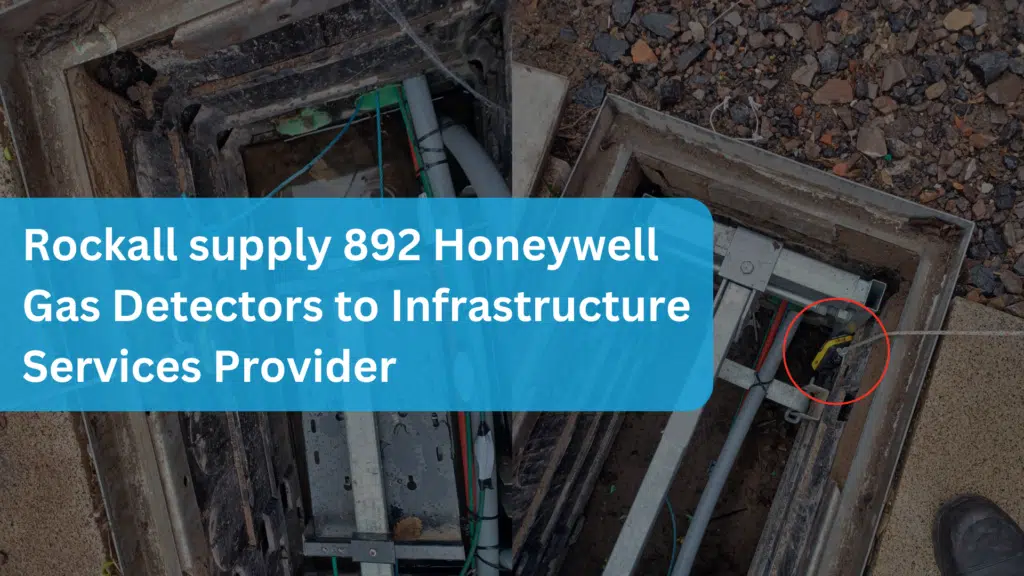Detecting Chlorine (Cl2) Gas: Essential for Safety in Industrial and Municipal Settings
Chlorine, a powerful and versatile chemical element, plays a crucial role in various industries and everyday applications. This blog post will explore the nature of chlorine gas, its uses, sources, and safety considerations.
What is Chlorine Gas?
Chlorine is a greenish-yellow diatomic gas with a distinct pungent odour. It’s highly reactive and heavier than air, which causes it to settle in low-lying areas. Key characteristics of chlorine gas include:
- Atomic number: 17
- Symbol: Cl
- Non-metallic element
- Detectable odour at low concentrations (above 0.3 – 0.5 ppm)
- Slightly soluble in water, forming hypochlorous and hydrochloric acids
Where is Chlorine Used?
Chlorine finds extensive use in various industries due to its powerful disinfectant and oxidising properties:
- Water treatment: Purification of drinking water and wastewater
- Manufacturing: Production of plastics, solvents, and pharmaceuticals
- Textile industry: Bleaching fabrics
- Swimming pools: Maintaining water quality
- Food processing: Sanitising equipment and surfaces
Where is Chlorine Found?
While elemental chlorine is rarely present in nature due to its high reactivity, it can be found or produced in several ways:
- Industrial production: Manufactured for commercial use
- Water treatment facilities: Used and stored for disinfection purposes
- Atmospheric reactions: Formed from chlorine-containing compounds reacting with NO2
- Oxidation processes: Created through the oxidation of chlorides in the presence of strong oxidants like ozone
Chlorine Safety and Detection
Given the potential hazards associated with chlorine gas, proper safety measures and detection systems are crucial. Here’s a comparison of chlorine properties and safety considerations:
| Property | Description | Safety Implication |
| Odour | Pungent, bleach-like | Detectable at low concentrations, but prolonged exposure can deaden sense of smell |
| Density | Heavier than air | Accumulates in low-lying areas, increasing exposure risk |
| Reactivity | Highly reactive | Can form explosive mixtures with other substances |
| Solubility | Slightly soluble in water | Forms acids when dissolved, posing corrosion risks |
Recommended Product for Chlorine Detection
Detecting chlorine gas detection, we recommend the Crowcon Gasman Cl2 Personal Monitor available from rockallsafety.co.uk. This portable device offers:
- Accurate detection of chlorine gas
- Compact and lightweight design for personal use
- Audible and visual alarms for immediate alert
- Robust construction for industrial environments
- Easy-to-read display for quick concentration checks
Investing in a reliable chlorine detector is essential for maintaining a safe working environment in industries where chlorine is used or potentially present.
Conclusion
Detecting chlorine gas, its properties, and applications is crucial for those working in industries where it’s commonly used. By implementing proper safety measures and utilising effective detection equipment, the risks associated with chlorine exposure can be significantly mitigated. Always prioritise safety when handling or working around chlorine gas to ensure a secure and healthy work environment.
Get in touch with our team today! We will be happy to answer any questions you may have.
Gas Guide Enquiry Form
Written by Chris Ihejiawunze






